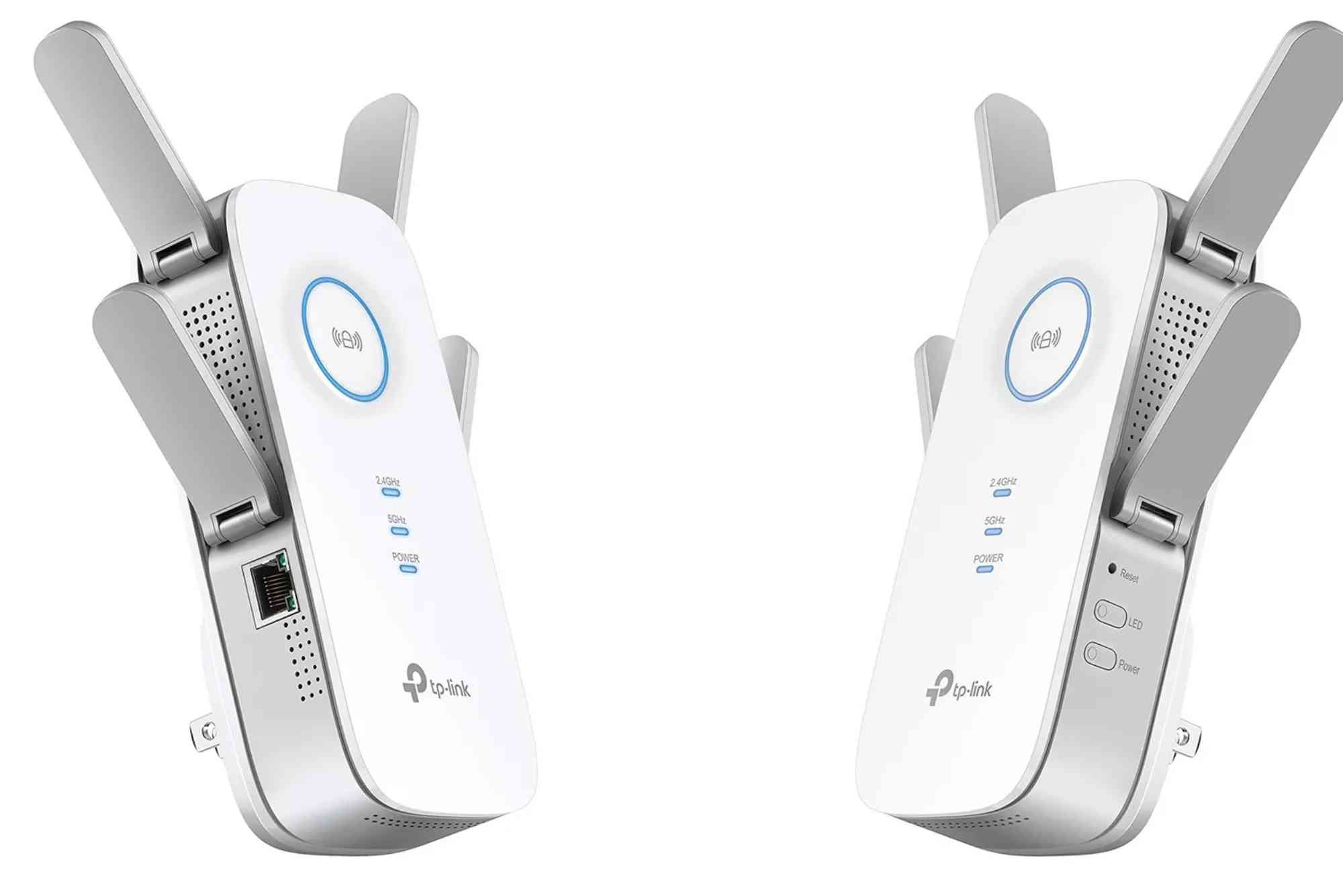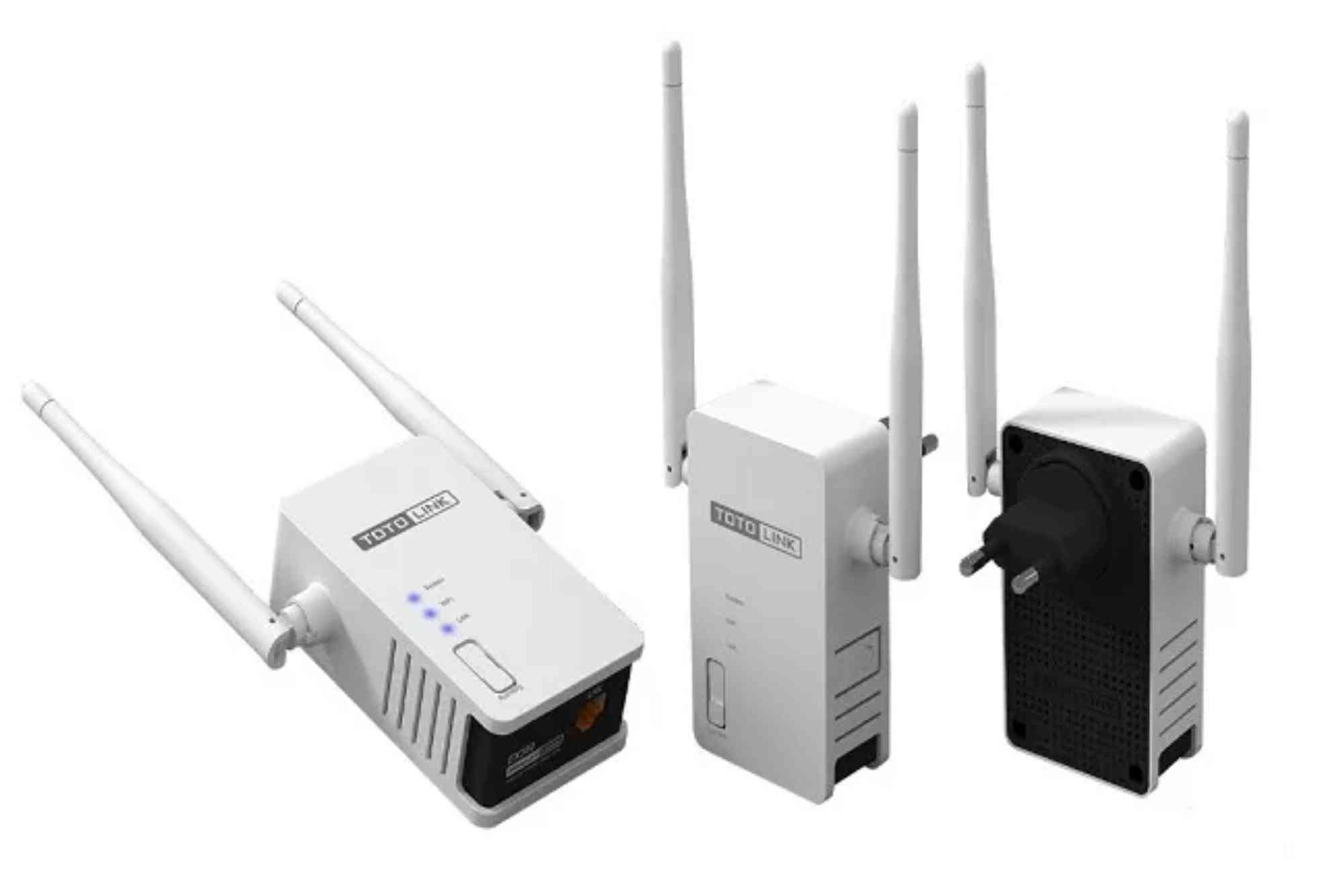How to Prevent Phishing Attacks on Your Internet Network
Phishing is one of the most common yet dangerous forms of cybercrime targeting individuals, businesses, and entire networks. Hackers use deceptive emails, fake websites, and fraudulent messages to trick users into revealing sensitive information like passwords, credit card numbers, or login credentials. With the rise of remote work and increased reliance on digital platforms, phishing attempts are becoming more sophisticated and frequent. This is why phishing attacks prevention has become a crucial aspect of network security.
When a phishing attack succeeds, it can compromise your entire internet network, leading to identity theft, financial fraud, or even data breaches that put confidential business information at risk. The good news is that preventing phishing attacks is possible with a combination of awareness, technology, and proactive measures.
Understanding Phishing Attacks
Phishing is a form of social engineering where cybercriminals disguise themselves as trusted entities to deceive users. These attacks often come through emails, instant messages, or websites designed to mimic legitimate platforms. The ultimate goal is to trick the victim into sharing sensitive information or clicking on malicious links that install malware. Phishing is successful because it exploits human psychology, relying on urgency, fear, or curiosity. Understanding how phishing works is the first step in phishing attacks prevention.
Why Phishing Attacks Target Your Internet Network
Cybercriminals know that the internet network is the backbone of digital communication. By compromising it, they gain access to multiple devices and sensitive data. Phishing attempts on networks are particularly harmful because once one user falls victim, malware can spread across the entire network. Attackers may use fake Wi-Fi login portals, deceptive DNS redirects, or malicious attachments to breach the system. This makes phishing attacks prevention an essential part of overall network security.
Best Practices for Phishing Attacks Prevention
Train Users to Recognize Phishing Attempts
Human error remains the weakest link in cybersecurity. Conduct regular training sessions for employees, family members, or anyone using your internet network. Teach them how to identify suspicious emails, verify URLs, and avoid clicking unknown attachments. When users become cautious and aware, phishing attempts are less likely to succeed.
Use Multi-Factor Authentication
Even if attackers steal login credentials, multi-factor authentication (MFA) adds an extra security layer. MFA requires a second verification step, such as a mobile code or fingerprint scan, reducing the risk of unauthorized access. Implementing MFA across all devices and accounts significantly strengthens phishing attacks prevention.
Deploy Advanced Email Security Filters
Phishing often originates from email. Using strong spam filters and advanced email security tools can block malicious messages before they reach inboxes. Look for solutions that scan attachments, filter suspicious domains, and flag emails with spoofed addresses. These filters reduce the chances of falling for phishing scams.
Keep Software and Devices Updated
Outdated systems often contain vulnerabilities that cybercriminals exploit. Regularly update operating systems, browsers, and antivirus software across your internet network. Enabling automatic updates ensures that security patches are installed without delay. Staying current with updates is a simple yet effective phishing attacks prevention strategy.
Secure Your Wi-Fi Network
An unsecured Wi-Fi network can be an entry point for phishing attempts. Use strong encryption like WPA3, change default router passwords, and regularly monitor connected devices. If you are using a reliable provider like Dhanote Internet Services, you can combine their stable connection with your own security measures to build a safer environment against phishing risks.
Use DNS Filtering Solutions
DNS filtering prevents users from visiting malicious websites, even if they accidentally click on a phishing link. These tools block known phishing domains in real time, keeping your network safe from fraudulent activities. Many modern cybersecurity solutions include DNS filtering as part of their core features.
Implement Endpoint Protection
Endpoint security tools protect individual devices connected to your internet network. Advanced antivirus programs now detect and block phishing attempts, malware, and ransomware. Ensuring every device has updated endpoint protection is a practical measure for phishing attacks prevention.
Encourage Regular Password Management
Weak or reused passwords make phishing attacks more effective. Encourage strong, unique passwords for every account and suggest using a password manager to store them securely. Regularly updating passwords adds another layer of security to your internet network.
Real-World Examples of Phishing Attacks
To fully appreciate the importance of phishing attacks prevention, it helps to look at real-world cases. Many businesses have suffered data breaches due to fake invoices or fraudulent emails that looked authentic. For example, some attackers pose as company executives requesting urgent wire transfers, exploiting employees’ trust. Similarly, personal phishing scams often mimic banks or social media platforms, asking users to reset passwords on fake websites. In every scenario, the victims thought they were engaging with a trusted source. This reinforces the need for vigilance and technical defenses.
The Role of Awareness in Prevention
Technology alone cannot stop phishing. Human awareness is just as critical. By fostering a culture of cybersecurity, both at home and in the workplace, you create an environment where people think twice before clicking a link or sharing information. Awareness campaigns, posters, reminders, and simulated phishing tests are effective tools to improve user behavior. The more informed your users are, the stronger your phishing attacks prevention strategy will be.
Advanced Techniques for Businesses
Larger organizations face more complex phishing threats, often targeted spear-phishing campaigns designed for specific employees. To prevent these, businesses should implement stronger measures like Security Information and Event Management (SIEM) systems, regular penetration testing, and strict access controls. Zero-trust frameworks, which require verification at every access point, are also becoming popular in reducing phishing risks. For enterprises, phishing attacks prevention is not just about technology but also governance, risk management, and compliance.
Stay One Step Ahead
Phishing attacks are evolving, but so are the tools and strategies to combat them. Prevention requires a balanced approach combining awareness, technology, and consistent vigilance. By training users, securing your network, and leveraging modern security solutions, you can significantly reduce the risk of falling victim to phishing scams. Whether you are protecting a home network or a large organization, phishing attacks prevention should remain a top priority.
Take action today by strengthening your network defenses, educating your users, and choosing reliable service providers like Dhanote Internet Services. Protecting your digital life starts with staying informed and proactive.
FAQs
How do I know if an email is a phishing attempt?
Look for misspellings, suspicious links, urgent language, and unknown senders. Hover over links to verify URLs before clicking.
Can antivirus software prevent phishing?
Yes, modern antivirus solutions detect and block phishing attempts by identifying malicious attachments, links, or suspicious activities on your network.
What should I do if I clicked a phishing link?
Disconnect from your network, run a full antivirus scan, change your passwords immediately, and inform your IT department or service provider.
Is two-factor authentication effective against phishing?
Yes, two-factor authentication provides an additional security layer, making it harder for attackers to access accounts even if they steal your password.
Can phishing attacks happen over social media?
Absolutely. Many phishing attempts are carried out through fake social media accounts, messages, and links designed to steal personal information.








